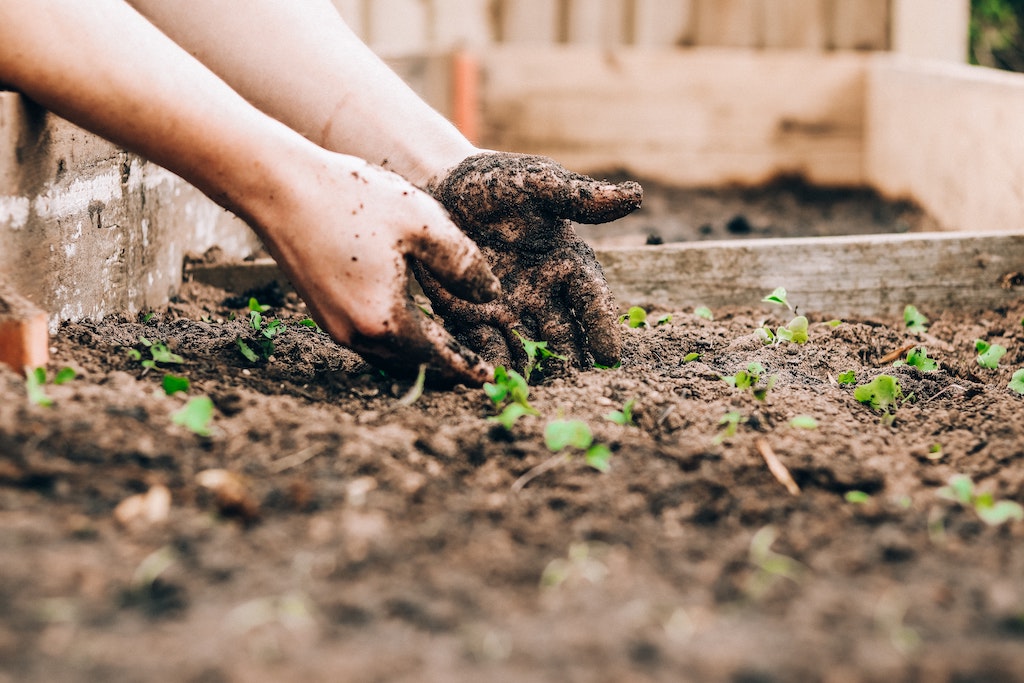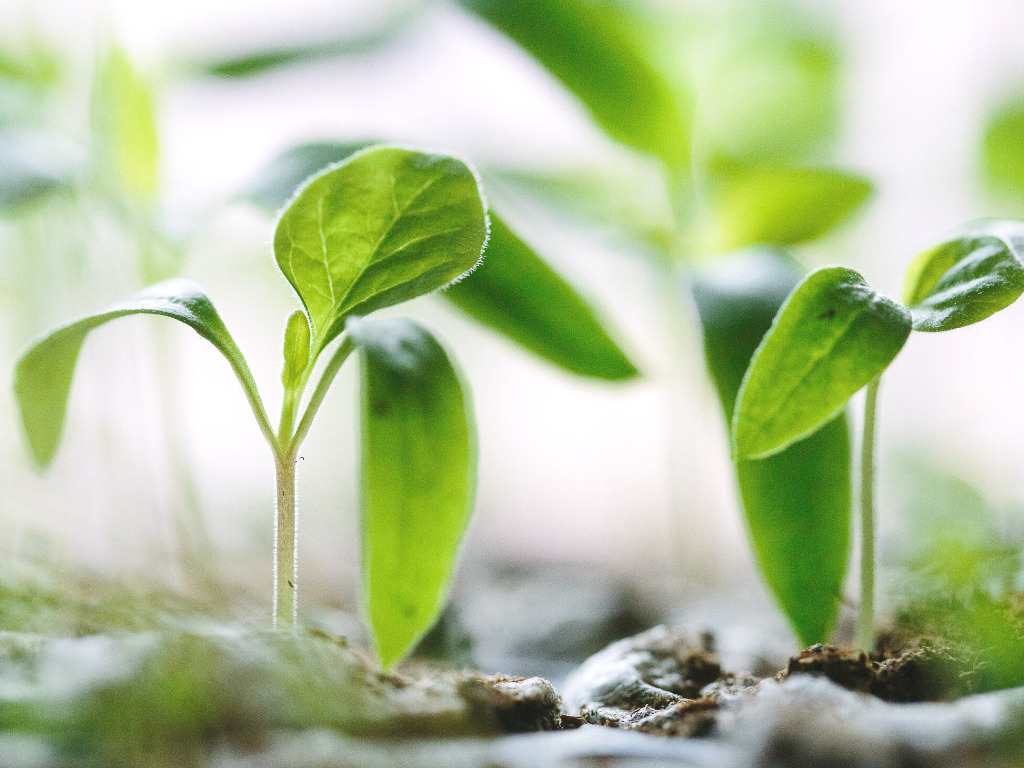A New Approach to Soil Health: 2 Crops Stand Out for Rewilding
4 Mins Read
Rewilding polluted land can help to heal soil, promote biodiversity, and sequester carbon. Two plants stand out, according to new research.
According to the Intergovernmental Science-Policy Platform on Biodiversity and Ecosystem Services (IPBES), more than 75 percent of Earth’s land areas are substantially degraded, putting pressure on global food supplies for a population on its way to ten billion by mid-century. By then, 95 percent of Earth’s land could be too degraded to farm.
“Land degradation, biodiversity loss, and climate change are three different faces of the same central challenge: the increasingly dangerous impact of our choices on the health of our natural environment,” said Sir Robert Watson, chair of the (IPBES), said in 2018 following the platform’s research on soil health.
But new research published in the journal Horticulturae. points to two plants in particular that could help balance copper-polluted soil: zinnias and tobacco.
The findings
“Plants of the Asteraceae and Nightshade families, namely zinnia and tobacco, are copper-exclusive, their root system performs the function of copper accumulation,” Anastasia Tugbaeva, junior researcher at the Ural Federal University laboratory said in a statement.
“Using zinnia as an example, we have shown for the first time that it can grow in copper-contaminated soils and even flower faster than in pure soils. That is, it can be used for landscaping areas, it will grow well,” Tugbaeva said. “Tobacco, an important agricultural crop and useful fertilizer, also adapted to long-term exposure to copper in our experiments and grew comparable to control plants, despite the high content of copper in the substrate.”

Copper accumulates is widely used in fertilizers and fungicides and quickly accumulates in soil. Too much copper can restrict plant root growth and interfere with nutrient absorption. Copper-contaminated soil may also interfere with soil’s natural carbon sequestration functions.
Both zinnia and tobacco were quick to adapt to copper in soil, transporting the mineral to aerial parts of the plant. The researchers say that plants can often thrive in difficult conditions.
“We conducted experiments for 20, 40, 60 days and used substrates in which the content of copper could even exceed its content in urban soils,” says Tugbaeva. “Under the influence of copper in the root and stem of plants, the expression of five genes responsible for the synthesis of phenolic compounds and lignin is enhanced. Lignin is one of the components of the plant cell wall, which makes it stronger. It is lignin that is the mechanism of plant adaptation, which limits the transfer of metals from the cell wall and the effects of metals on the intracellular structure of the plant.”
While more research is needed, the findings show rewilding potential. Rotating the ornamental zinnia along with tobacco into contaminated soil could help preserve soil health. Like the Blue Economy has been largely overlooked in fighting climate change and promoting biodiversity, soil is also often overlooked.
A new look at soil
New research published yesterday in the European Journal of Soil Science says the way we look at soil must change. The research team says an entirely new whole system approach to assessing soil health is critical. The research proposed looking signs of life in the soil, its function, complexity, and signs of emergence, or how it responds to and recovers from stressors.

“Through this research, we want to start the conversation about how we move to a holistic picture of soil health assessment, looking at the interconnected elements of this universally important system. Taking steps towards a bigger-picture view of soil health could help make a huge difference to some of our big challenges, not least the climate crisis,” said lead author Jim Harris, Professor of Environmental Technology at Cranfield University.
“Although ‘soil health’ as a term is quite widely used now, it is problematic as it means different things to different people, and there is no single agreed way to measure the overall health of this system,” he said.
Photo by Francesco Gallarotti on Unsplash



